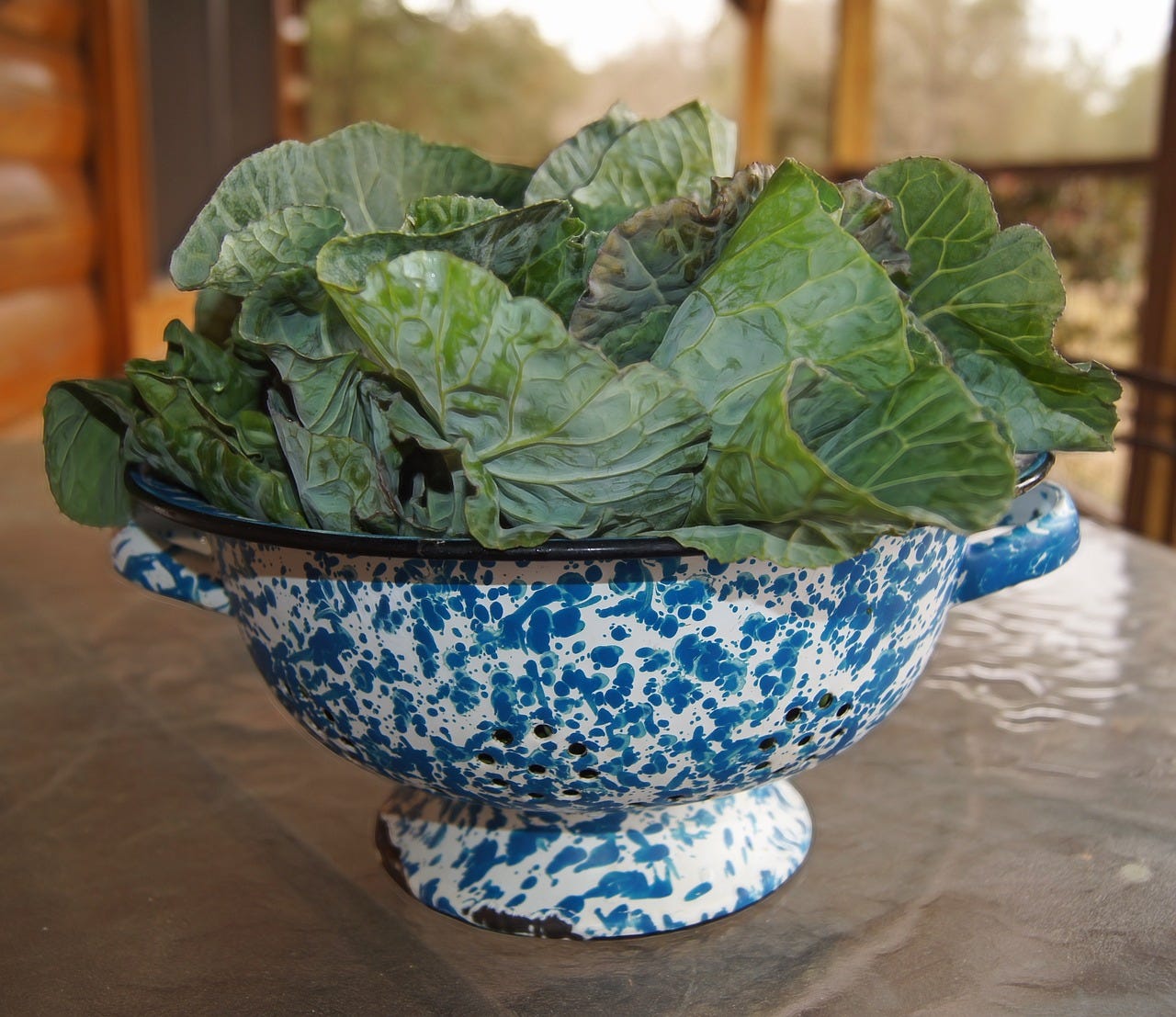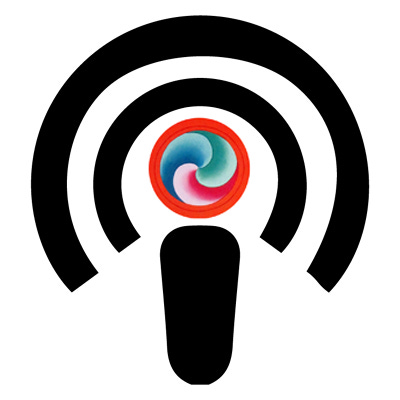In a recent chat with Robert Waggoner (“The Awareness Behind the Dream,” Episode 02 of Dream Treasures), we discussed the idea that advanced skills in lucid dreaming were linked, in some mystical fashion, to enhanced precognitive, telepathic, and clairvoyant abilities, in both the waking and dreaming states.
We explored the idea that it takes a certain stillness of mind to have a lucid dream — and even more stillness to sustain it — and that this inner mental calm may also allow us to see or hear things that have either yet to arrive in the here-and-now, or that are happening in the present moment somewhere remote from our physical presence. As a theory goes, it’s certainly an interesting one. And there’s plenty of anecdotal evidence out there that these kind of experiences happen to people all the time.
It’s a testament to Robert’s Midwest humility and gentle demeanor that he believes we are all capable of having these experiences. It’s easy to understand why he believes this. He is a gifted lucid dreamer, and he’s also had many dramatic episodes and insights in his life that attest to his preternatural clairvoyance. (He gave an example of how he once heard something in a dream when he was six years old and then shortly after that the same exact phrase was uttered by someone in his waking experience.)
Maybe it’s true, maybe there is a latent potential that lies within us like a hidden treasure, the same way the Buddha taught that we all have the inherent potential for Enlightenment. I will admit, however, to a certain degree of skepticism. There’s a lot of woo-woo fuzz around the outer edges of this one. But I’m open-minded enough to think that anything is possible.
After my talk with Robert, I started wondering about the possibility of non-local, non-temporal, intrapersonal communication between the dream and waking states. How might this kind of extrasensory communication be encouraged and developed? Was there something else that might help, other than just getting really good at lucid dreaming?
Omniscience has to be the height of enhanced extrasensory awareness. Indeed, along with omnipresence and omnipotence, it’s one of the three attributes of many definitions of God (although, one could argue, the same could be said of Santa Claus).
Lama John Buchanan and I talk about the concept of omniscience in Tibetan Buddhism, in episode 13 of Chitta Chat, “Causes and Conditions of Omniscience.” Omniscience is seen as a kind of spiritual flowering, an unfolding, the natural result of one’s advanced meditative abilities, understanding of emptiness, and mastering of the Six Perfections (generosity, and the rest).
This type of omniscience, however, has unique and particular attributes outside of its conventional dictionary definition of “possessing infinite awareness and knowledge.” Here, it’s understood as a clear, instinctual knowing of what other people need for their spiritual growth, of knowing their mental afflictions and — most importantly — what you can do to help.
Ever meet with a friend and you can tell right away that something’s bothering them, even though they haven’t mentioned anything and their countenance isn’t providing any blatant tells? That’s a form of omniscience. Indeed, omniscience is essential on the path to Bodhisattvahood.
Personally, I kinda like this definition of God. Not as vindictive condemner to eternal damnation for the slightest of infractions but rather as a powerful presence that knows the details of your suffering and is there to help. Just like in that one Stevie Wonder song.
Extrasensory Vegetable Messages
Last week, I spoke with Kimberly Mascaro, PhD for a forthcoming episode of Dream Treasures (drops November 10). In the course of our discussion, I wondered what it would be like if we applied analytical dream interpretation to our waking state, to consider all the people, events, and things that we see and hear in our daily life as elements of a dream, ready to be analyzed.
This certainly would make all the mundane and quotidian things in your life a little more interesting if you thought that your so-called reality was actually just a dream. In this way, you might better understand how your conscious mind is relating to your waking dream reality, and — (so my thinking goes) — may prod your unconscious mind into sending extrasensory messages across the liminal divide of consciousness and unconsciousness into your waking reality.
Dr. Kim and I touched on a great many subjects. At one point, she spoke of the importance of diet in healing and mentioned how she had started eating collard greens. Collard greens are popular in the Southern United States and are usually served up with ham hocks, smoked turkey necks, and chicken knuckles (okay, I made that last one up). I think I’ve had them once or twice, but they’re not something I eat or think about that often ever really at all.
The very next day, I was online checking posts for a local group I follow, and someone asked, “Does anyone know where I can get some collard greens in town?” I smiled at the synchronicity. Maybe, just maybe, I have some latent woo-woo auditory precognitive receptivity tucked deep down in my withered old psyche after all. Clearly, I’m no Edgar Cayce. But perhaps I am psychic enough to get four, maybe even five, numbers on the next Lotto Max? Can’t hurt to try.
At the very least, I need to go into town and find some collard greens, see what comes up when I apply Jungian dream interpretation methods to this loose-leafed, vitamin K-packed vegetable, see what kind of personal development ideas pop — and then wait to see what kind of dreams I have after that. Maybe collard greens are a magical dream messenger for me. Based on the wild and wacky meandering dreams I typically have, it wouldn’t surprise me in the least.

About Subscriptions
I really like Substack. When I was looking at ways of delivering the various podcasts I started producing last year (including the top-rated Tibetan Buddhist podcast, “Chitta Chat”), I wanted to provide an ad-free, sponsor-free, clean UI webspace where you could come and just listen, without any distractions. Substack is the best way to do this. And if it’s good enough for my teenage hero Patti Smith, it’s good enough for me.
If you like what you hear, please consider becoming a paid member. $5USD per month or $50USD a year. The price of a Starbucks latte once a month, as the marketing people like to analogize. If money’s tight — and as a creative person, I’ve been there in my life, many many times — just drop a line and I’ll comp you in. Not an issue. ♥







I'm glad to have found you.